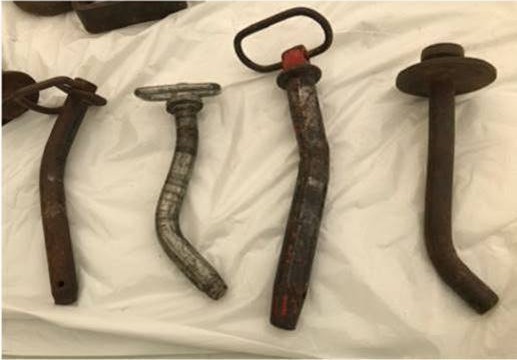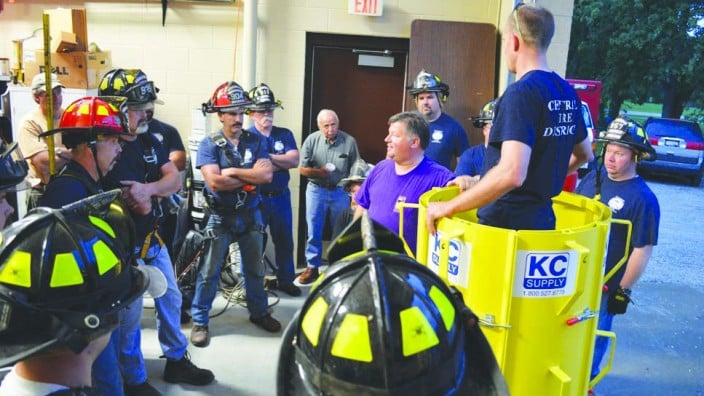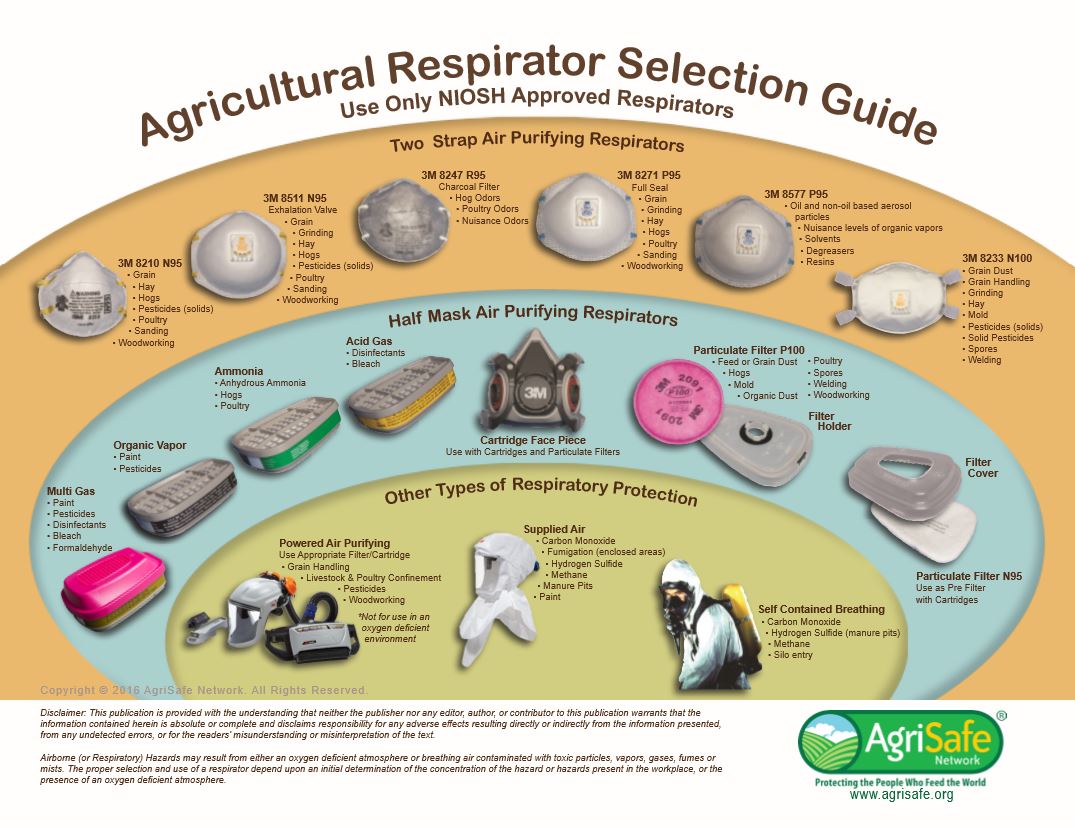There is a lot riding on the correct grade of hitch pin that links the implement to the tractor or truck. In fact, the hitch pin is a critical component in keeping control of implements we pull. More often than not a hitch pin is selected based on its diameter and length. Rarely is strength the top consideration.
According to Fred Whitford, Purdue University, the bent hitch pins pictured below indicates that somebody got lucky! A bent pin is a sign you needed something stronger, so pitch them before they get used during harvest because they're handy. Better yet....pitch them so they never get used again. It may be just fine in the field, however, you open yourself up to much more risk when you take equipment on roadways.












